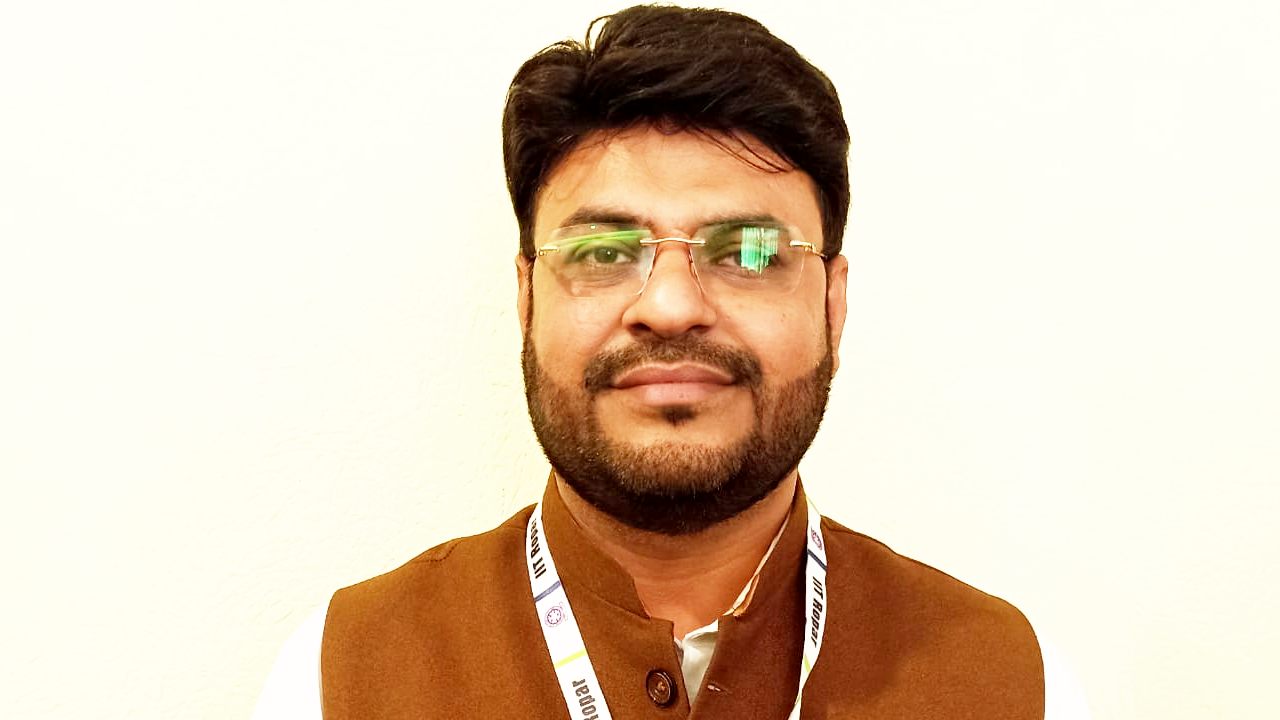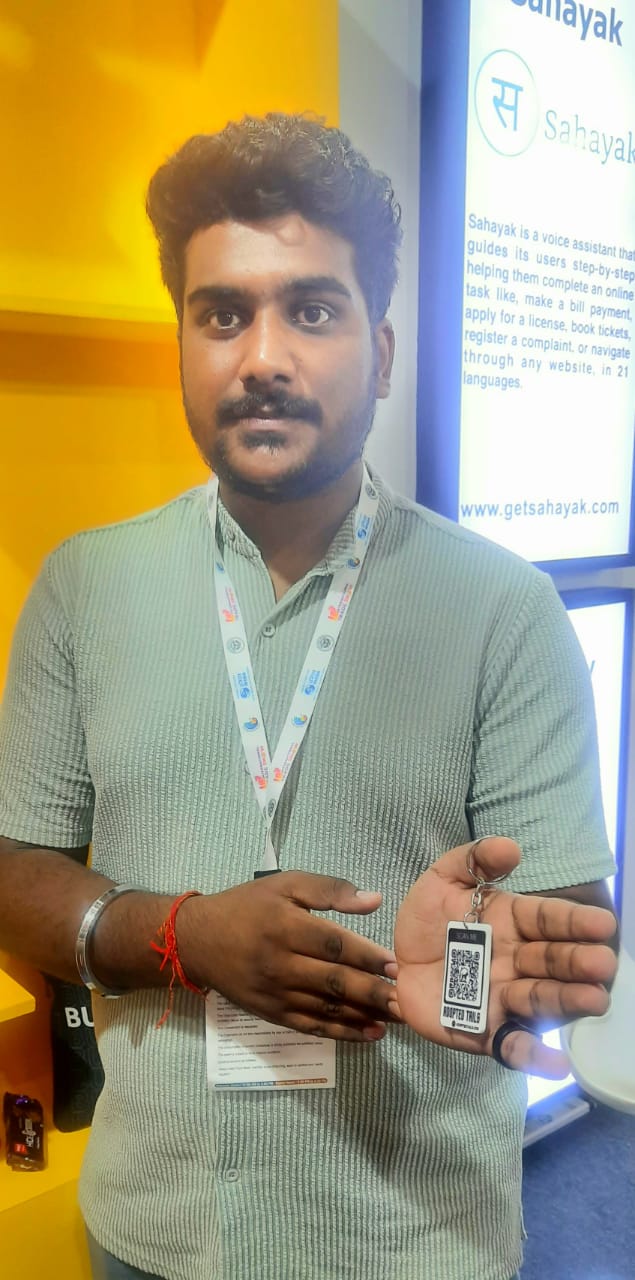Digital printing is swiftly emerging as the dominant force in the printing landscape—propelled by its unmatched speed, precision, and capacity for customization. Traditional offset methods are falling behind, unable to meet the rising demand for short-run, on-demand, and variable data printing. In contrast, digital technologies are disrupting conventions and reshaping industry expectations.
At the same time, the sector is undergoing a marked shift toward sustainability. Waterless printing and low-waste processes are gaining momentum, aligning with global calls for greener solutions. Breakthroughs in inkjet and electrophotographic technologies are broadening digital printing’s horizons, unlocking high-impact applications across packaging, textiles, and industrial manufacturing.
Meanwhile, artificial intelligence and automation are revolutionizing print workflows. These innovations enhance color accuracy, streamline production, and significantly reduce turnaround times. Furthermore, the seamless integration of digital printing with e-commerce platforms is enabling scalable hyper-personalization—turning mass production into mass customization.
Together, these advancements signal a transformative convergence of technology, sustainability, and user-centric design. Digital printing is no longer just changing how we print—it is redefining the boundaries of what can be printed, influencing sectors as diverse as fashion, interior décor, marketing, and large-scale manufacturing.
Against this dynamic backdrop, The Interview World caught up with Dr. Shilpa Anchawale, Senior Manager – Business Development (Labels & Packaging Patents/Technical Publications) at Fujifilm Sericol India Pvt. Ltd., during the Conference on Decoding the EPR – Challenges, Opportunities, and Way Forward, organized by the PHD Chamber of Commerce and Industry. In this exclusive exchange, Dr. Anchawale sheds light on the cutting-edge technologies driving the digital printing revolution, explores major industry disruptions, evaluates the global competitiveness of Indian digital solutions, and calls for targeted policy interventions to enhance environmental sustainability and user adoption.
Here are the key takeaways from her insightful conversation.
Q: What key technological advancements are shaping the modern digital printing industry’s evolution, and which innovations will drive its future growth?
A: At Fujifilm, we believe in delivering more than just products—we aim to deliver smiles to society. This guiding philosophy drives us to innovate with a deep sense of responsibility toward the environment and sustainability.
Traditionally, the printing industry focused primarily on customer-centric solutions, often sidelining environmental considerations. However, that mindset is rapidly changing. Today, both businesses and consumers are demanding eco-friendly alternatives. Sustainability is no longer an option—it’s an expectation.
The printing industry is evolving accordingly. From the early days of letterpress to today’s digital revolution, innovation has consistently shaped our progress. Now, digital printing is emerging as the front-runner—not just for its efficiency, but for its potential to deliver green solutions. Fujifilm is proud to be at the forefront of this shift.
We recently launched a groundbreaking water-based dispersion technology tailored for digital printing applications. This system represents a major leap forward. It offers exceptional print quality while remaining fully sustainable across a wide range of substrates. More importantly, it addresses key environmental concerns by eliminating harmful organic compounds and reducing ecological impact.
In short, the industry is moving decisively toward cleaner, greener, and more sustainable printing technologies. Fujifilm is not just following that trend—we’re leading it. These are the kinds of innovations we must embrace as the future of responsible printing.
Q: With printing now largely digital, what major disruptions or transformative innovations do you foresee shaping the industry’s next phase?
A: When we look at the Indian printing industry, it’s clear that there is a strong willingness to embrace digitalization. However, the cost factor remains a major barrier. For long-run jobs, digital printing still lacks a truly cost-effective solution.
As a result, while companies are eager to adopt digital technologies, many are shifting toward a hybrid model. They now use digital printing for short-run jobs and high-demand, quick-turnaround applications. For longer production runs, they continue relying on conventional methods.
That said, the transition is underway. Gradually but steadily, the industry is moving toward full-scale digital adoption, as technological advancements continue to narrow the gap in cost and efficiency.
Q: How do you evaluate the competitiveness of Indian digital printing solutions in comparison to global standards and innovations?
A: Indian companies must align with global standards and adopt international strategies, especially from a compliance standpoint. Sustainability and regulatory requirements are no longer local concerns—they demand a unified, global approach.
The solutions we offer should be universally applicable, not tailored only to India or any specific region. Wherever sustainable technology exists, we must integrate it and ensure it meets the same benchmarks across markets.
When industries introduce innovations such as toluene-free or ketone-free inks and inserts, we must recognize and commend these advancements. At the same time, it’s crucial to raise awareness—not just among consumers, but also among end users.
Only through informed choices and a shared commitment to sustainability can we fully embrace and implement these technologies in India. The shift is not only necessary—it is inevitable.
Q: What policy interventions are needed to make the digital printing industry more environmentally sustainable and user-friendly in the long run?
A: Policy decisions must originate through collective action from all stakeholders. The process demands a unified approach—every party involved must take the initiative together.
Once that alignment is in place, the next step is to persuade both end users and consumers. Everyone must stand on the same platform, guided by a shared vision.
Only then can implementation be both practical and impactful. This isn’t just about creating cost-competitive solutions—it’s about ensuring long-term sustainability. To achieve that, all stakeholders must come together on a common forum. Collaboration is the only way to drive meaningful and effective execution.









